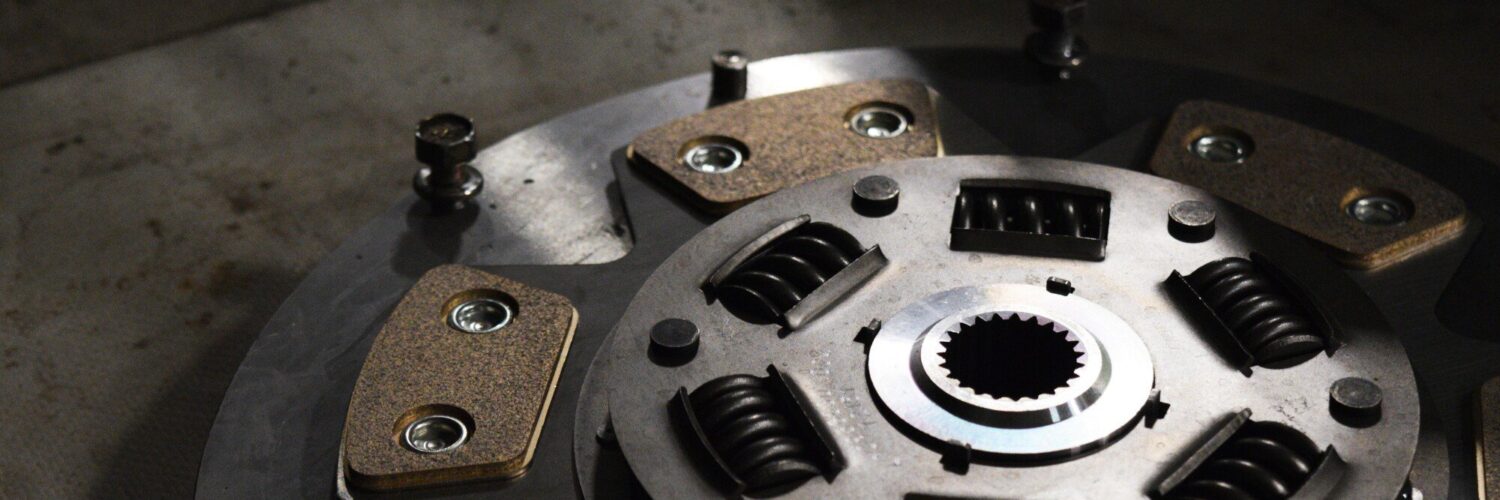Your industrial equipment relies on the electric PTO clutch to its productivity. When it’s not working right, you feel like your entire operation is at a standstill.
How can you make sure it is always working?
Electric PTO clutch troubleshooting is not very difficult to do yourself. All you need is the right information.
By reading this article, you have appreciated the crucial importance of preventive maintenance. Without it, your electric PTO clutch will be plagued by unnecessary downtime.
Verify Electrical Connections
When troubleshooting electric PTO clutches from John Deere power equipment, the first step is to examine electrical connections. These connections are important as they form the communication between the clutch and the power source.
Loose or damaged wires and connectors can disrupt the flow of electricity. It prevents the clutch from engaging or disengaging as required. To address this, ensure all wires are secured and free from any visible damage.
This initial diagnostic step is crucial, as many issues can be resolved by reestablishing a secure electrical connection. Make it an essential starting point in the troubleshooting process.
Check the Switch
This critical component controls the activation and deactivation of the clutch. Using a multimeter, test the switch to confirm its functionality.
If the switch proves faulty, replacing it becomes necessary. Furthermore, inspect the wiring leading to the switch for any corrosion or damage.
A dysfunctional switch can disrupt the entire PTO system. Addressing this component is vital to ensure precise control over the clutch engagement.
Inspect the Clutch Wiring
Even with sound electrical connections, damaged or frayed wires can undermine consistent performance. These wires serve as the conduit for the electrical signal that control clutch engagement and disengagement. So, any issues along this path can cause an erratic operation.
Repair or replace any wires that display signs of wear or damage. This step ensures the uninterrupted flow of electrical signals to the clutch.
This addresses the problem of inconsistent performance. It helps to maintain the machine’s efficiency and reliability.
Measure the Coil Resistance
Using a multimeter, you can measure the coil’s resistance. You can cross-reference it with the manufacturer’s specifications.
Significant deviations from the specified range may show a faulty coil. The coil is a key component responsible for engaging and disengaging the clutch.
If resistance values fall outside the acceptable range, replace the coil. The electromagnetic force required for clutch operation will be within the prescribed parameters. This restores proper clutch function and equipment performance.
Lubricate and Inspect the Clutch Bearing
Unusual noises during clutch engagement often stem from wear. It could also be from insufficient lubrication in the clutch bearing. The clutch bearing serves a vital role in maintaining smooth and efficient clutch operation.
If you hear abnormal sounds, it’s prudent to first lubricate the bearing. Proper lubrication can often reduce noise issues.
But, if the noise persists, inspect the bearing for wear and tear. Should you find signs of significant wear, consider replacing the bearing.
Know About Electric PTO Clutch Troubleshooting
Electric PTO clutch troubleshooting may seem intimidating. With the proper steps and tools outlined in this guide, it can be a manageable task.
Remember to always prioritize safety. Consult a professional if needed.
Armed with this knowledge, go forth and conquer those PTO clutch problems! Don’t forget to share this guide with others who may need it. Happy troubleshooting!
Keep browsing our blog for more helpful information.






Add comment